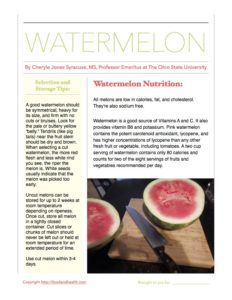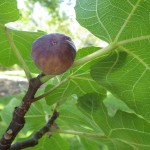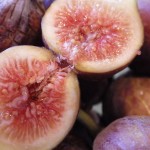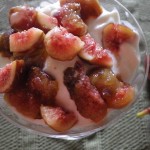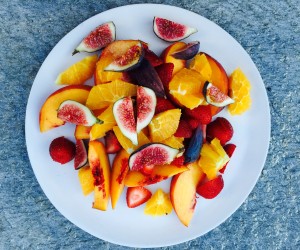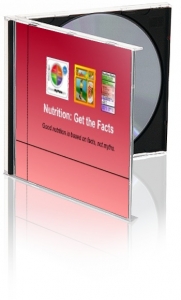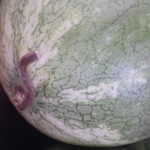 July is National Watermelon Month… celebrate in style!
July is National Watermelon Month… celebrate in style!
Nutrition: All melons are low in calories, fat, and cholesterol. They’re also sodium free.
Watermelon is a good source of Vitamins A and C. It also provides vitamin B6 and potassium. Pink watermelon contains the potent carotenoid antioxidant, lycopene, and has higher concentrations of lycopene than any other fresh fruit or vegetable, including tomatoes. A two cup serving of watermelon contains only 80 calories and counts for two of the eight servings of fruits and vegetables recommended per day.
Picking a watermelon: A good watermelon should be symmetrical, heavy for its size, and firm with no cuts, dents, or bruises. Look for the pale or buttery yellow “belly.” Tendrils (like pig tails) near the fruit stem should be dry and brown. When selecting a cut watermelon, the more red flesh and less white rind you see, the riper the melon is. White seeds usually indicate that the melon was picked too early. Although so-called “seedless” watermelons have far fewer seeds than the seeded varieties, they generally contain at least a few soft and pale seeds.
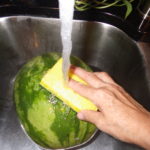 Storage: Uncut melons can be stored for up to 2 weeks at room temperature depending on ripeness. Once cut, store all melon in a tightly closed container — its aroma easily mingles with other foods. Cut slices or chunks of melon should never be left out or held at room temperature for an extended period of time. Use cut melon within 3-4 days.
Storage: Uncut melons can be stored for up to 2 weeks at room temperature depending on ripeness. Once cut, store all melon in a tightly closed container — its aroma easily mingles with other foods. Cut slices or chunks of melon should never be left out or held at room temperature for an extended period of time. Use cut melon within 3-4 days.
Safety: Bacteria can adhere to the surface of a melon and be passed to the flesh when the fruit is cut or handled. The melon’s skin should be washed and scrubbed with water, even if you don’t eat the rind or skin. If selecting a cut melon, be sure that it has been refrigerated during display.
Looking for some other articles or ideas to use to write or teach about watermelon? Here a past post from the archives that can help: To Thump or Not to Thump? A Watermelon Quiz
By Cheryle Jones Syracuse, MS, Professor Emeritus at The Ohio State University
And here are some other fun summer resources…

Water Wristbands Adult Pack of 20
$26.00 $25.00
Add to Cart

Eat From the Rainbow Poster 12x18
$19.00 $20.00
Add to Cart
Last but not least, here’s a new printable handout that you can use as you see fit!




